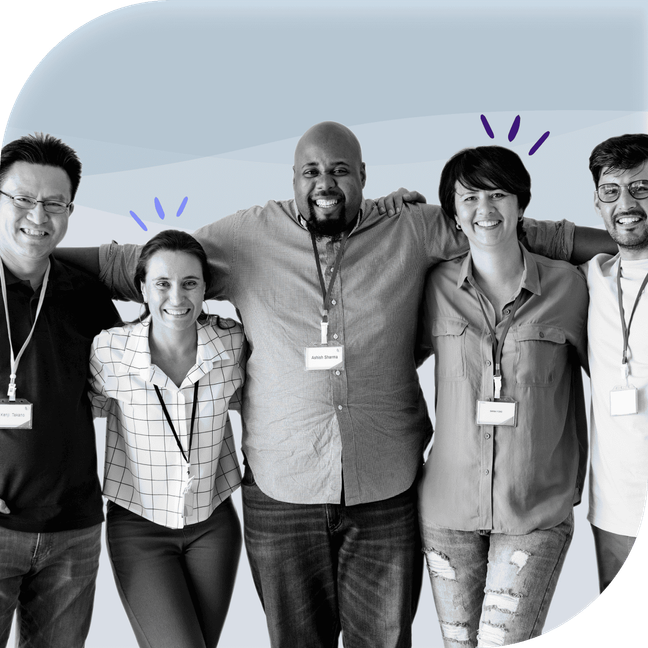Affirmative Action

In the United States, affirmative action refers to policies and programs designed to improve educational and employment opportunities for people in protected groups. This includes minority groups, women, older people, and people with disabilities. The term was first mentioned by President John F. Kennedy in 1961 in Executive Order 10925. The order required government contractors to “take affirmative action to ensure that applicants are employed and that employees are [fairly] treated during employment, without regard to their race, creed, color, or national origin.”
In 1967, President Lyndon B. Johnson signed into law the Civil Rights Act of 1964 with the goal of ending discrimination in a variety of spheres of American life. Title VII of the Act specifically addresses equal employment opportunities “without regard to race, religion and national origin.”
Later in the 1960s, it became apparent that anti-discrimination laws were not enough to counter the historic discrimination against disadvantaged groups. Affirmative action policies and practices were started as a remedy to the effects discrimination had on marginalized groups. The Civil Rights Act of 1964 was followed by Executive Order 11246, which required government employers to take “affirmative action” in hiring practices. In 1967, Johnson added gender to the definition to require employers to hire women without discrimination. Later years saw the protection of people with disabilities, and gender identity and sexual orientation were included in 2014.
In June 2023, the U.S. Supreme Court issued a landmark ruling that banned race-based admissions policies at universities and colleges, thereby ending government-mandated affirmative action policies at institutes of higher learning. This decision by the Supreme Court has no official bearing on affirmative action policies that address workplace discrimination. However, affirmative action advocates suggest the ruling may have the unintended consequence of businesses altering their hiring practices. Moreover, companies that do not conduct business with the U.S. government are not required to implement their own affirmative action policies or programs. Many companies implement these programs voluntarily.
Affirmative Action Examples
In short, affirmative action entails taking specific and deliberate steps to employ more people from disadvantaged groups. Per Executive Order 11246, government contractors and subcontractors are required to expand job opportunities for minorities. President Richard M. Nixon signed the Rehabilitation Act of 1973, which required agencies to submit to the Equal Employment Opportunity Commission (EEOC) a detailed affirmative action plan for hiring, placing, and advancing individuals with disabilities.
Other examples of affirmative action in the workforce include but are not limited to:
- Targeted recruitment
- Outreach campaigns
- Employee support programs
- Management and employee development
Related Terms
Equality of Opportunity
is a foundational principle referring to the idea that all people deserve a fair chance to compete for positions and resources.
Equal Employment Opportunity (EEO)
is a legal doctrine that prohibits employment discrimination based on race, color, religion, sex, or national origin.
Underrepresented Minorities (URM)
are groups with a lower representation in areas such as education or employment.
Meritocracy
is a concept that argues positions should be filled by the most qualified applicant without regard to affirmative action.
Diversity, Equity, and Inclusion (DEI)
are frequently grouped together because the three concepts are interconnected. When used in combination, a complete impact emerges. The three words describe values that organizations strive to embody so that theory can meet the needs of employees from all walks of life.